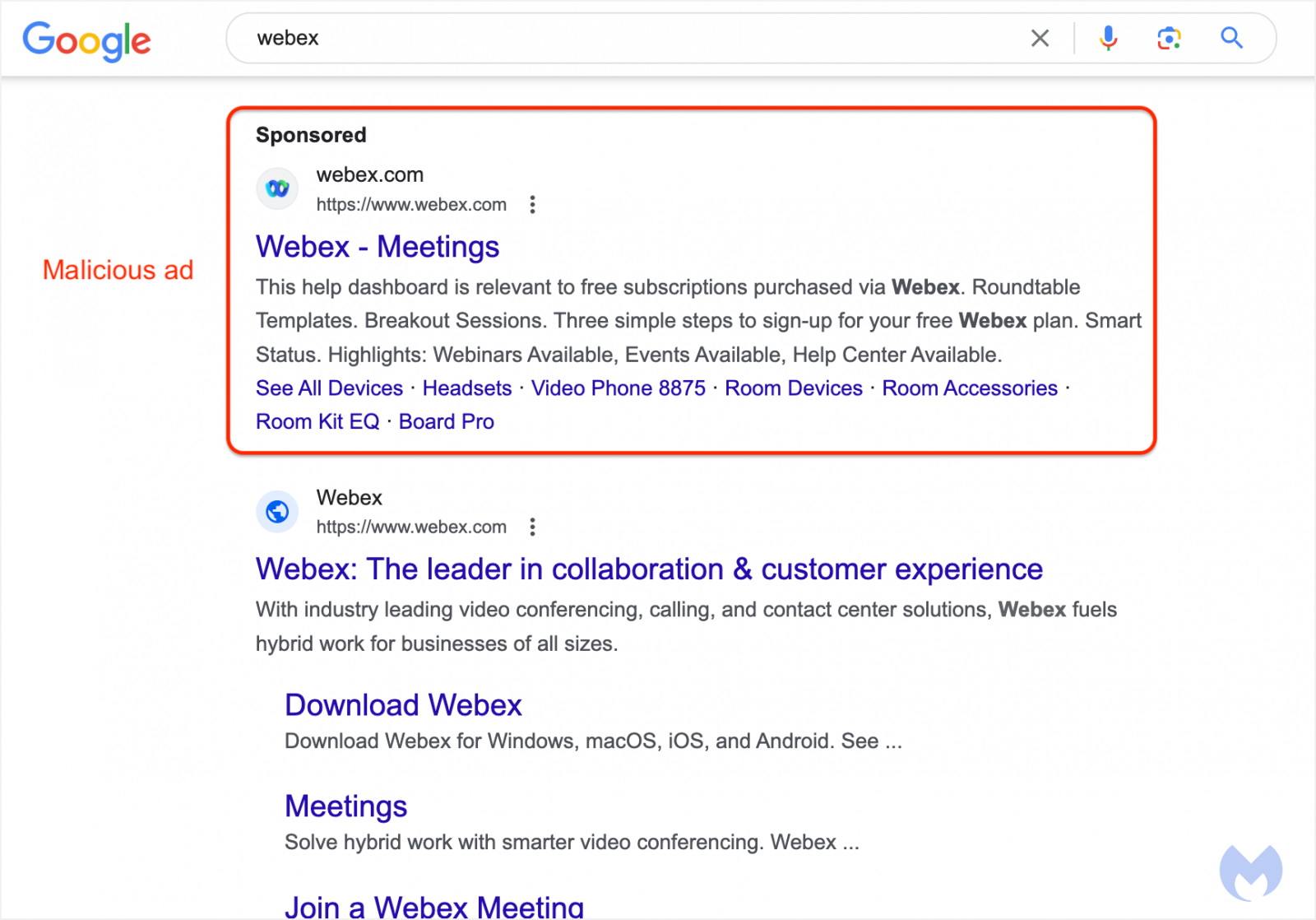Most people know at this point that when searching for a popular software package to download, you should be very careful to avoid clicking on any of the search ads that appear, as this has become an extremely common vector for distributing malware to unsuspecting users.
If you thought that you could identify these malicious ads by checking the URL below the ad to see if it directs to the legitimate site, think again! Malware advertisers have found a way to use Google’s Ad platform to fake the URL shown with the ad to make it appear like a legitimate ad for the product when in fact, clicking the ad will redirect to an attacker controlled site serving malware.
Don’t click on search ads or, even better, use an ad-blocker so that you never see them in the first place!




Sorry, I don’t mean the link text itself, but the destination shown in the status bar in the bottom left of my desktop browser.
Yeah that shouldn’t be possible on a platform like LInkedin or Facebook. If it’s a site you control, though, it’s still easy. I can’t do it here (at least I hope I can’t) but here’s an example of it: https://jsfiddle.net/z2pLaxto/1/
Yes, that looks exactly like what is happening. For clarity though it is a LinkedIn script not one uploaded by a 3rd party.
It seems to apply to links sent in direct messages which are routed through a linkedin internal page, I assume so they can track you out etc.
It was more the principal of it though, I hadn’t considered that the link shown in the status bar could not be the link you would be taken to if you click it but I guess that’s part of allowing javascript to run.